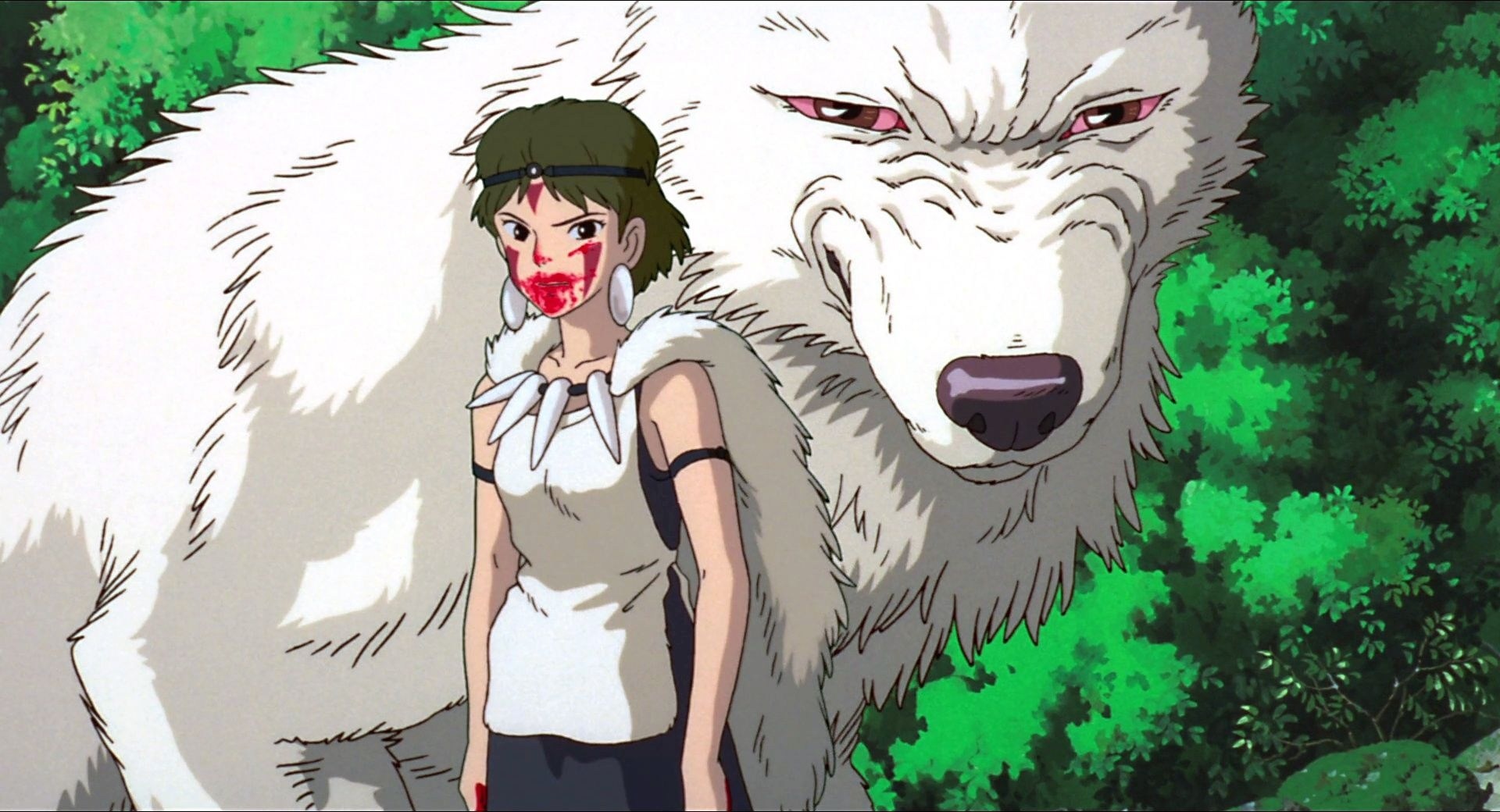Table of Contents Show
Studio Ghibli’s films are widely known for their beautiful stories and animation. They are also beloved for the many lessons that each film unfolds for its viewers. There doesn’t seem to be a limit on the wisdom that Studio Ghibli films can provide, but several movies feature similar prominent themes.
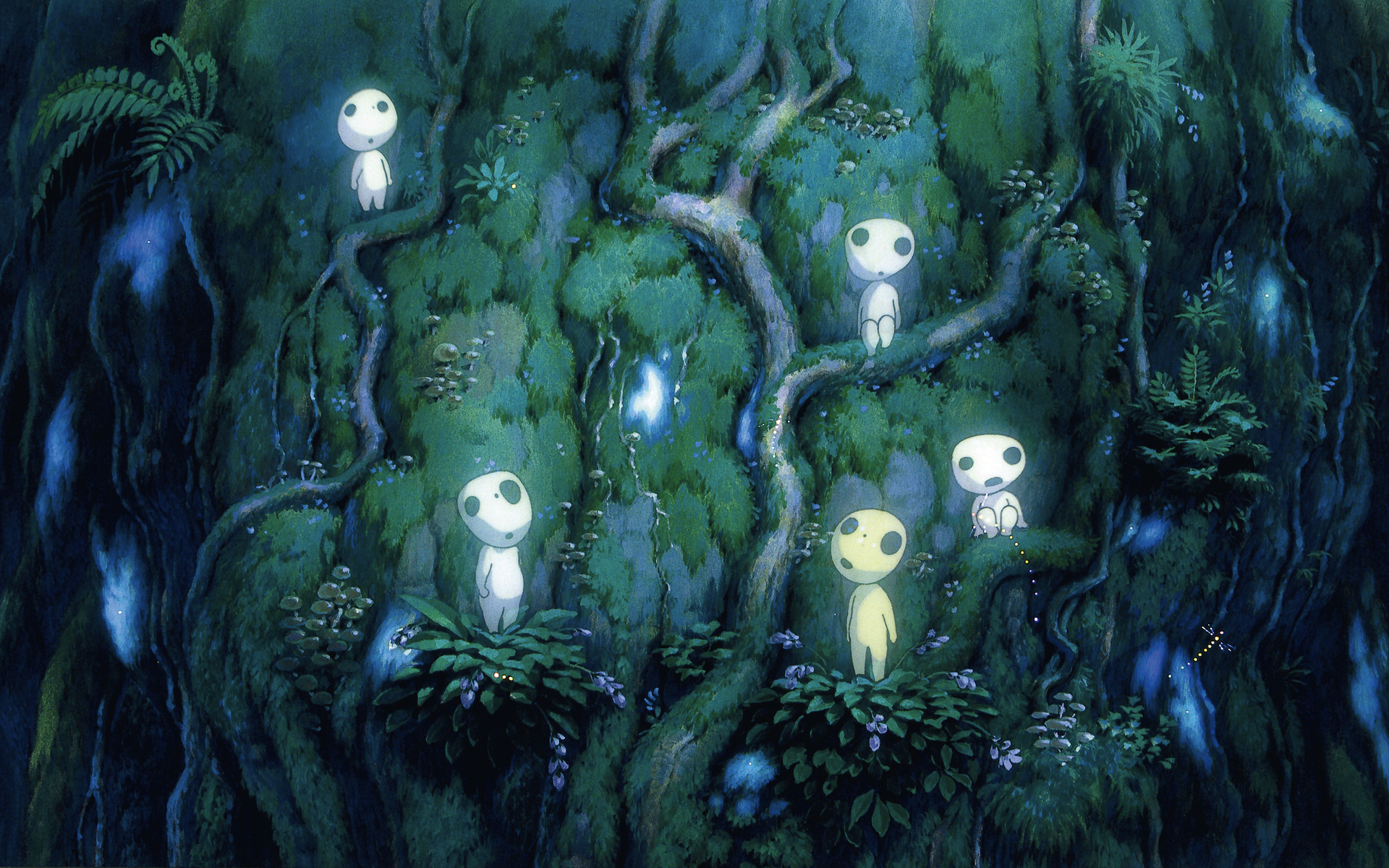
Aside from the effects of war on the power of love and connection, Studio Ghibli films also center around themes and stories of environmentalism. Princess Mononoke (1997) and Nausicaa of the Valley of the Wind (1984) are two such films that explore environmentalism and humans’ relationships with the natural world. These films provide valuable knowledge on how humans should foster a respectful, reciprocal relationship with nature – insights that are relevant to modern issues surrounding climate change and environmental degradation.
The Evils Of Industrialism
Directed by Hayao Miyazaki, Princess Mononoke (1997) is an epic tale that follows young Prince Ashitaka traveling across the land to find a cure for his curse. Along the way, he meets samurai, forest spirits, citizens of the industrializing Irontown, and the wolf princess San. The main antagonist of this Studio Ghibli film may at first seem complicated since there are many different forces involved in the conflicts. However, it is human greed and disregard for the natural world that are at the heart of the many issues.
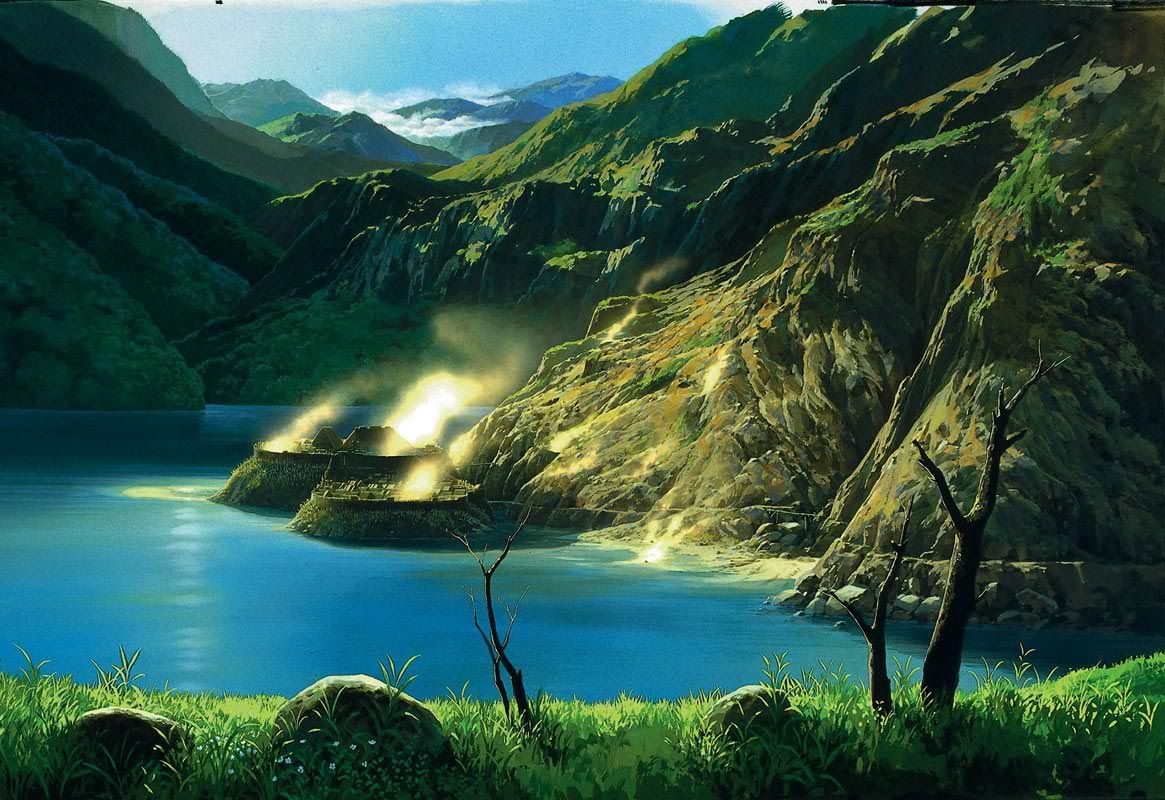
Human greed and violence towards nature is at the very heart of Ashitaka’s curse. The soldiers of Irontown shot and killed the boar god Nago who protected the mountain they were trying to extract iron from. It is the boar’s anger towards humans that festers inside of Ashitaka, but through the events of the film, he learns important lessons about the future of the natural world and humankind.
Most notably, Ashitaka understands that humans must try to live in harmony with nature and the spirits that protect it. Only then can humans healthfully move forward and truly thrive. The destructive actions of Irontown’s residents may have initially helped them industrialize but it led to pollution, the depletion of resources, and the wrath of the gods.
A Balancing Act
One of the most obvious causes of the environmental problems in Princess Mononoke (1997) is that the relationship between nature, gods, and humans is out of balance. The humans of Irontown fear that they will lose their place and power in the world to the forest gods and the forest gods believe the same in regard to the humans. This relationship is further thrown out of balance by a war between the humans and boars and then even more so when Lady Eboshi cuts off the Forest Spirit’s head.
The events that follow this tumultuous moment are classically Studio Ghibli – rooted in Shinto thought and mythology. After the Forest Spirit’s head is cut off its body becomes a large toxic mass that destroys everything it touches. When Ashitaka and San finally return its head, the land is reborn as if purified of the war and hatred between the gods and humans. Purification is one of the most prominent tenets in Shinto ideology; it shows respect for the spirits and the natural world they inhabit (( Gwendolyn Morgan, “Creatures in Crisis,” Resilience: A Journal of the Environmental Humanities, 175. )).
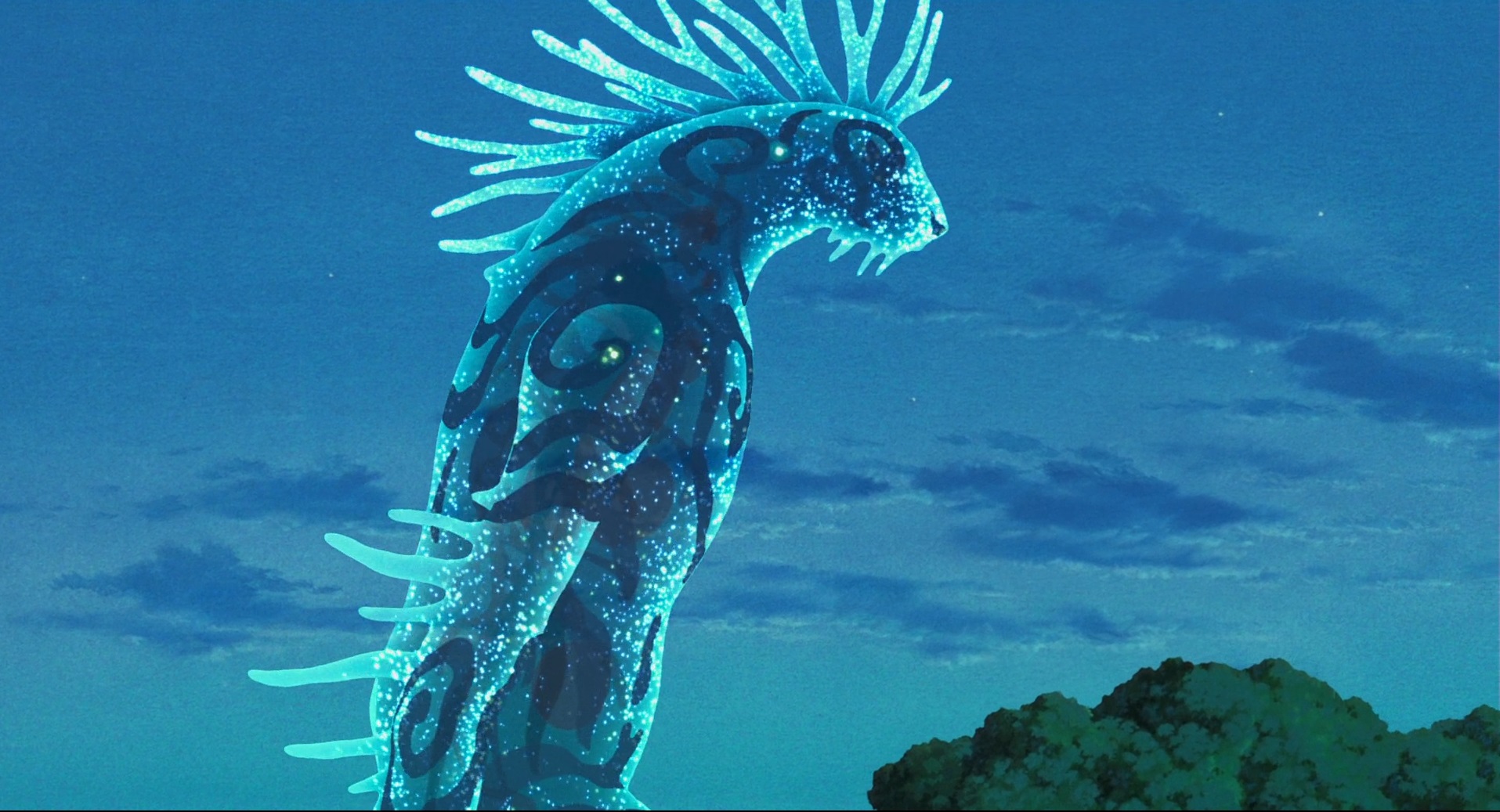
The world the viewers of this Studio Ghibli film live in is not only similarly out of balance, but is also continuously being polluted. Decisions are being made by the few in power who are determining the future for the many. While humanity searches for innovation, the environment and those that depend upon it are often forgotten in favor of progress and profit. However, humanity’s relationship with nature is not one-sided. As nature is destroyed, people around the world will face severe consequences for others’ actions.
Similarly to the way Lady Eboshi shoots Nago, upsetting the balanced relationship between the humans and gods to an almost irreparable state, the continual pollution of Earth threatens to do the same. Princess Mononoke (1997) calls for humanity to examine the ways in which we interact with the natural world and reminds viewers that the relationship between humans and nature is reciprocal. Nature and humans can help one another, but they can also destroy one another.
A War Against The Wilds
The 1984 film Nausciaa of the Valley of the Wind also shows a strained relationship between humans and nature. While Princess Mononoke (1997) shows the effect that growing industrialism has on the earth, Nausicaa of the Valley of the Wind (1984) illustrates what the world might look like after the collapse of industrial society. The Toxic Jungle ravages the land and the few human settlements left are spread apart.
Many people in these human settlements avoid going into the jungle because it is filled with different dangerous creatures such as the Ohmu and poisonous spores. Despite this, Nausicaa, the princess of the Valley of the Wind, regularly ventures into the jungle, marveling at both the inherent beauty and danger of the natural world around her.
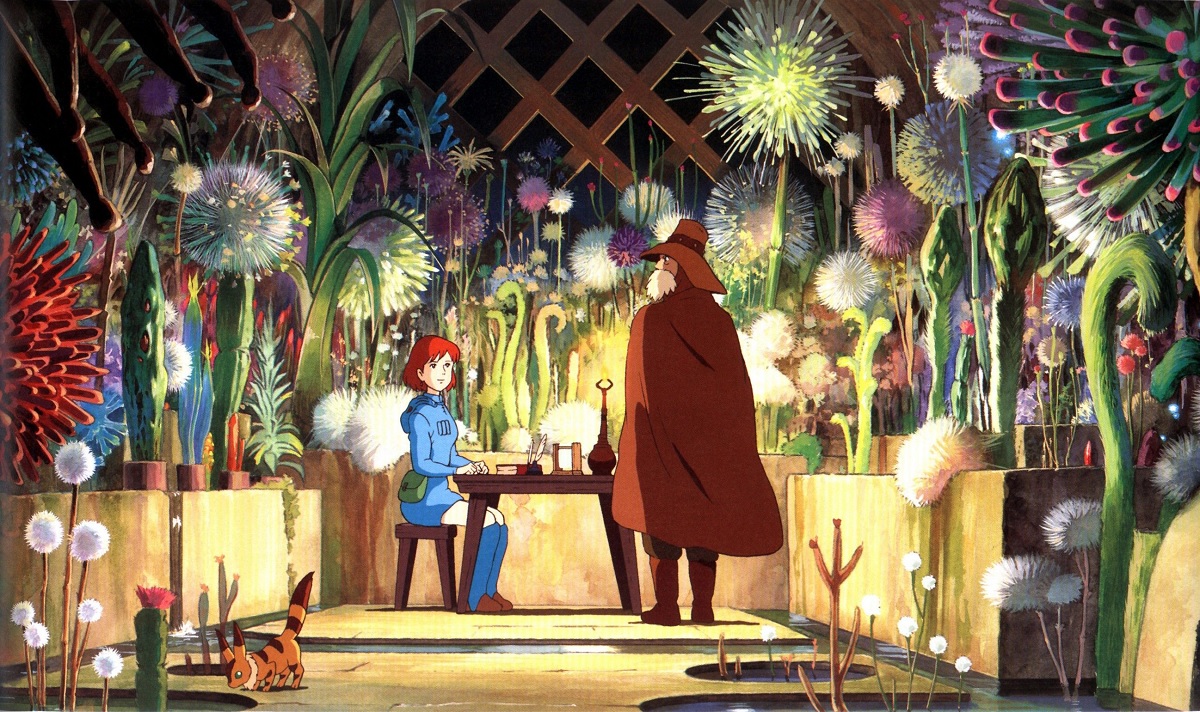
Nausicaa, unlike many other characters in the film, carries respect and love for the creatures of the Toxic Jungle. So much so, in fact, that she collects spores from the jungle and grows them in clean soil and water beneath the palace. Through this, she learns that it is not the plants themselves that are poisonous, but the soil and water throughout the Earth. Crying, she realizes that for humanity to have a future, they must let nature purify what they have polluted.
The Power Of Connection
Nausicaa’s adventures throughout the film leave the audience with several lessons relevant to modern society’s ecological problems. Most notably, the disconnect that the characters have with nature and the problems that this causes is juxtaposed with Nausicaa’s inherent intrigue and mystification of the world around her. This disconnect also exists in modern society, where the majority of the human population lives within crowded urban areas and struggles to make a living under the pressures of capitalism.
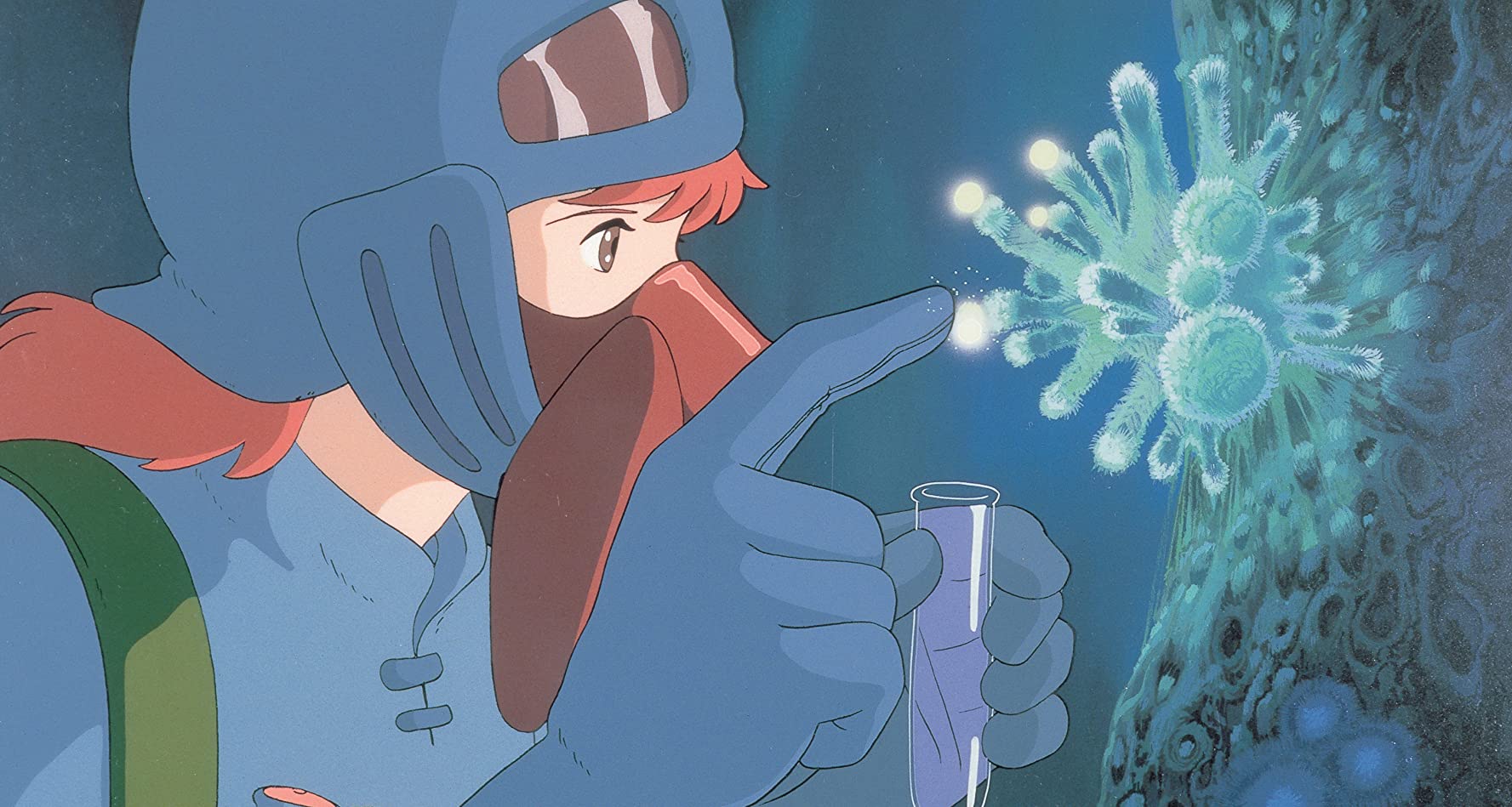
If viewers learn anything from Nausicaa’s story, it should be to constantly question this disconnect before it is too late for humanity to return from the tipping point. In the United States, the federal government consistently undermines efforts to combat climate change and preserve the natural world by withdrawing from the Paris Climate Agreement, rolling back protections on water, and pushing for further extraction of natural resources at the detriment to the surrounding area and people (( “2020: A Critical Year For Our Future And For The Climate,” World Wildlife Fund, Accessed June 19, 2020. )).
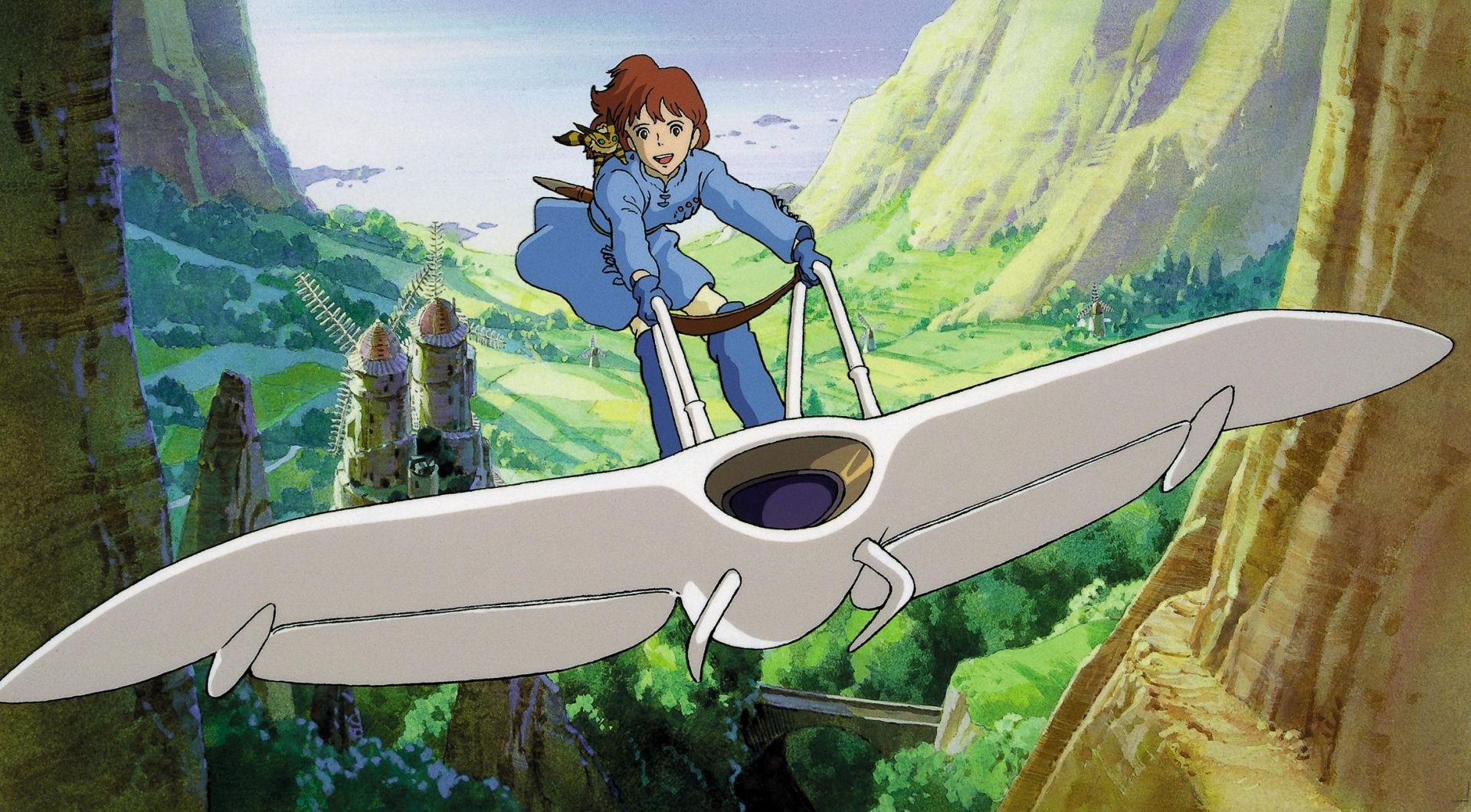
The perspectives of the characters in this film that the spread of the jungle is inevitable, unstoppable, and not connected to human action are paralleled in modern society. Nausicaa of the Valley of the Wind (1984) calls upon the audience to seek out connections to the natural world and begin to understand how much more society still stands to lose if it continues down its current path (( Gwendolyn Morgan, “Creatures in Crisis,” Resilience: A Journal of the Environmental Humanities, 180. )).
Lessons Learned
While both of these Studio Ghibli films were produced before the twenty-first century, their themes and messages are still relevant today. Environmental conservation and justice are more important than ever as the consequences of environmental harm continue to arise.
Films like these help audience members process and make connections to the problems they may experience or witness in their lives. They help viewers understand that environmental issues extend beyond simply conserving the natural world, but are related to the humans that rely upon it as well.
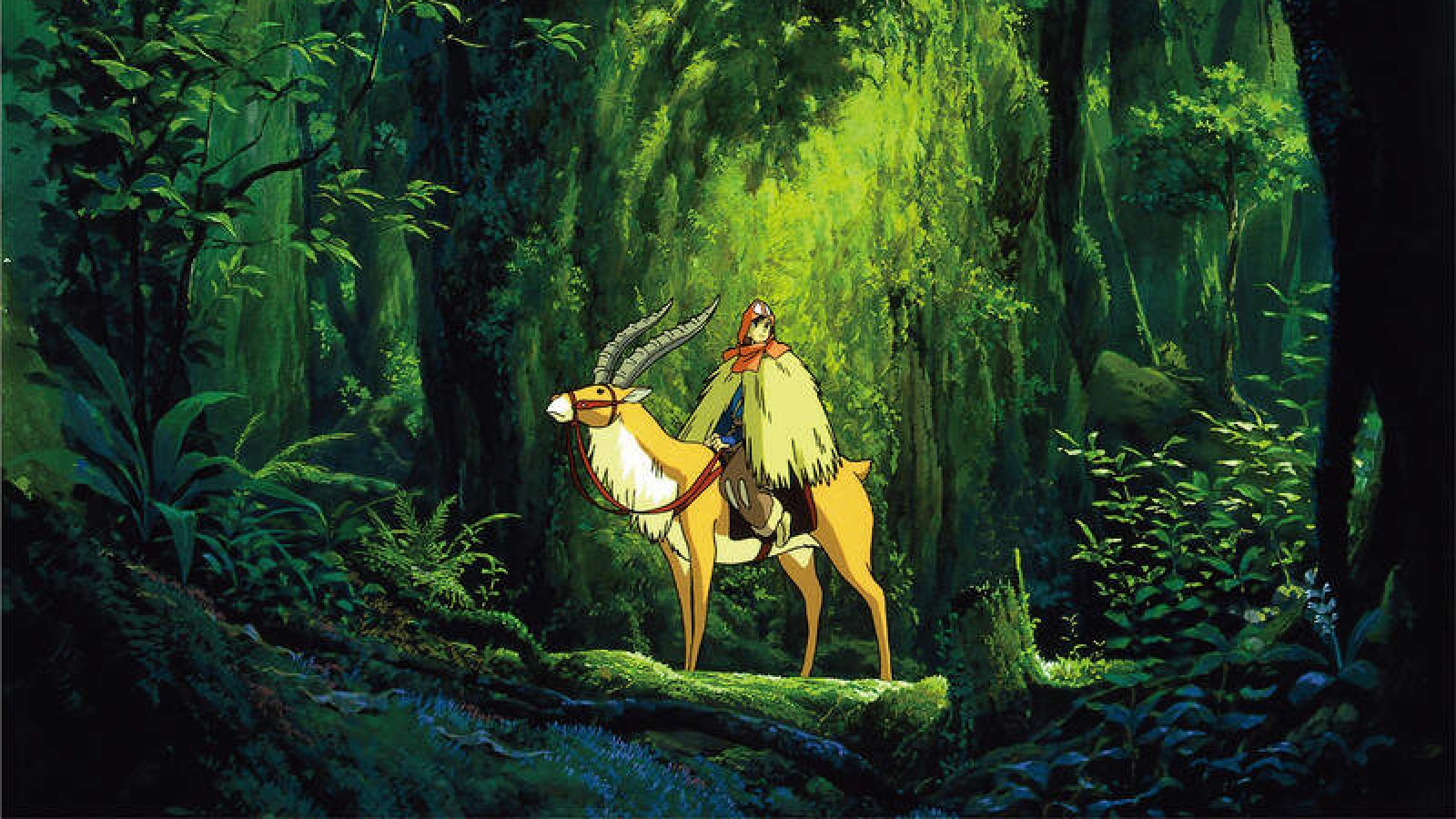
Both these Studio Ghibli films present characters trying to learn their place and relationship with the natural world. The stories show greed and destruction, but also show how forging a greater connection and understanding of the environment can be mutually beneficial, leading to personal and community growth. As human society continues to push forward, remembering, and implementing the lessons presented in these films will be crucial for survival and prosperity.
